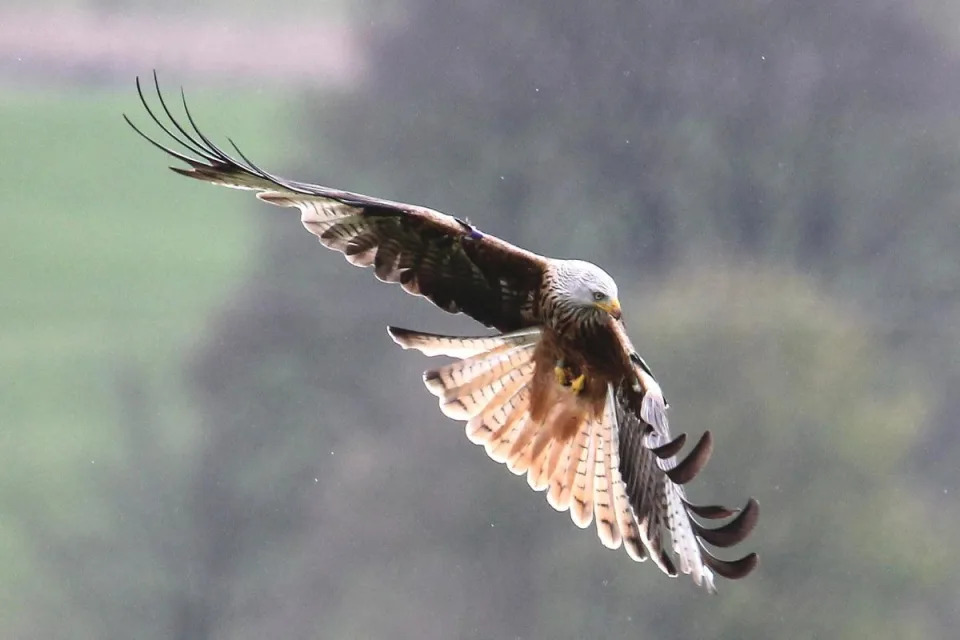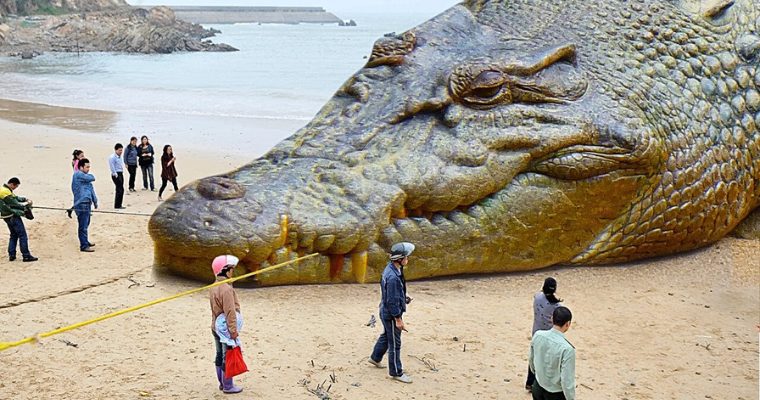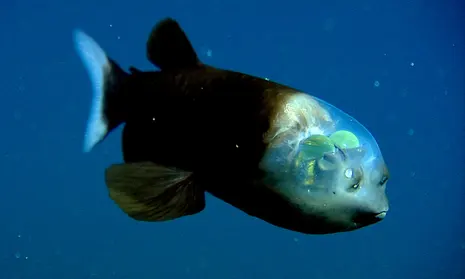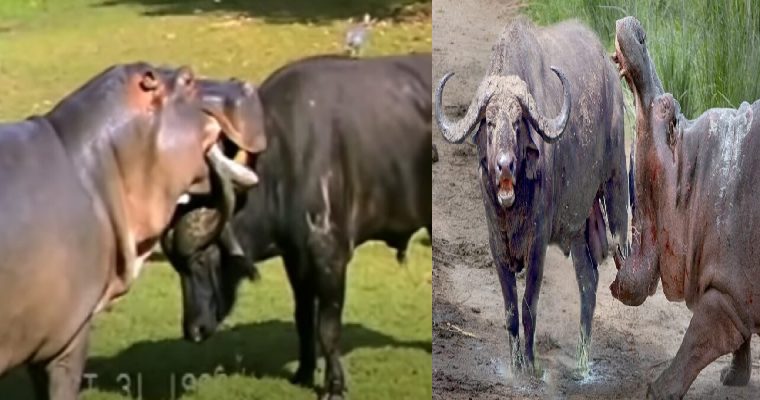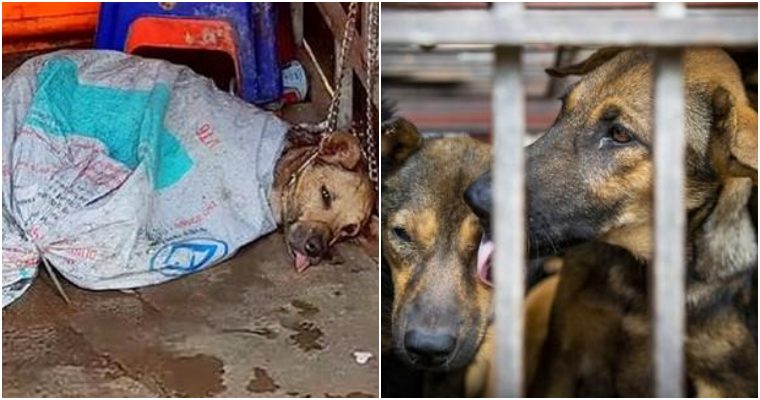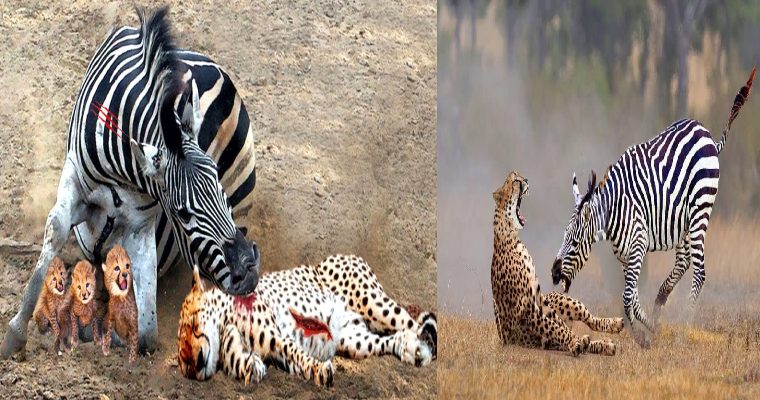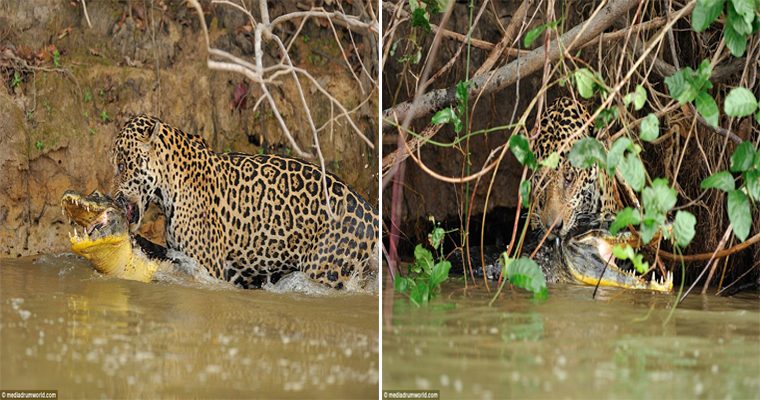The charges related to the reckless use of illegal poison resulted in the deaths of 15 birds, including five red kites.
A PENSIONER has been convicted of killing raptors and other wild birds with poison, executing 15 in total.
Barry Nicolle, 67, admitted numerous charges at Dumfries Sheriff Court on Wednesday. He is due to be sentenced on Friday, May 19.
The charges related to the reckless use of illegal poison resulted in the deaths of 15 birds, including five red kites, in the Stewarty area of Dumfries and Galloway between 2019 and 2020.
Police said they were recovered within a mile radius of Nicolle’s address, some just a few hundred yards from his property.
An investigation and forensic tests found these birds had not die naturally and had in fact been poisoned with banned substances, including Aldicarb and Bendiocarb, both toxic insecticides.
Police Constable and wildlife officer, John Cowan, said: “Extensive policing work involving a number of partners, along with forensic science, enabled us to build a case against Nicolle who had been killing protected birds over a number of years.
“Not only was there a risk to the rural environment, but also to members of the public handling poisoned birds some of which were found near a primary school.
“Police Scotland and the partners we work with treat all types of wildlife crime very seriously and this conviction is a strong message that those who poison wild and protected birds will be robustly investigated.
“I would also like to thank the public who provided information that assisted our enquiries. This is vital to our work in combatting wildlife crime.
“I would encourage anyone who comes across a protected dead bird or animal to report it to us. Likewise if you have information about wildlife crime please get in touch via 101.”
Red kites were first reintroduced to the Dumfries and Galloway area in 2001 at Bellymack Hill Farm near Castle Douglas.
The Galloway Kite Trail was founded shortly after in 2003, taking the population of the bird, previously locally extinct, to at least 130 breeding pairs by 2019.



